Family Colubridae Scientific name Pseudaspis cana Rank Species | Phylum Chordata Suborder Serpentes Subfamily Boodontinae Higher classification Pseudaspis | |
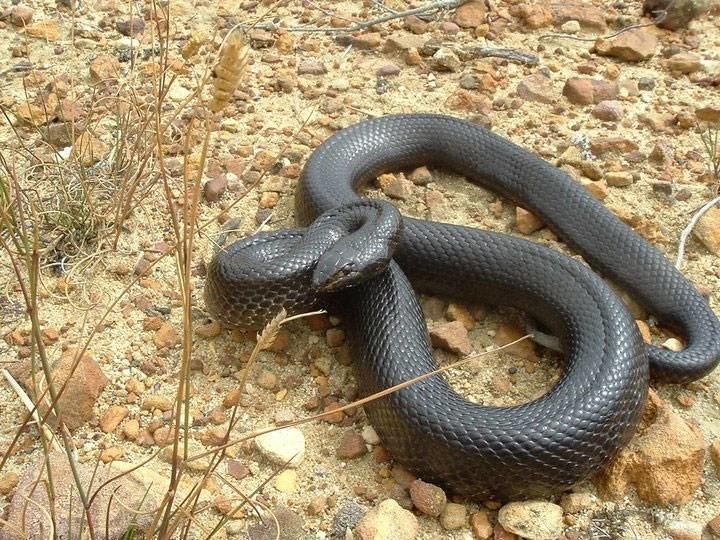 | ||
Similar Snake, Pseudaspis, Reptile, Cape cobra, Lamprophis | ||
That s a big mole snake snake city
The mole snake (Pseudaspis cana) is a species of snake in the family Colubridae. It is native to much of southern Africa, and is the only member of the genus Pseudaspis. A study showed that P. cana is caught and consumed by the honey badger, among other species. Remains of the mole snake were found in the faeces, and suggest the consumed individuals were larger specimens.
Contents
- That s a big mole snake snake city
- How to identify a mole snake
- Taxonomy
- Description
- Diet
- Distribution and habitat
- Reproduction
- In captivity
- References
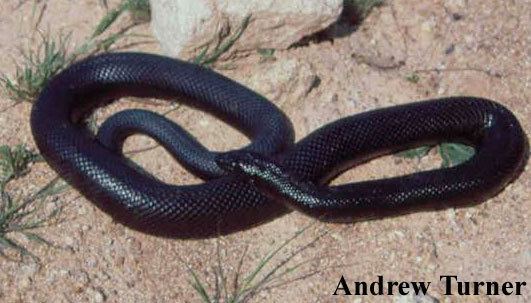
How to identify a mole snake
Taxonomy
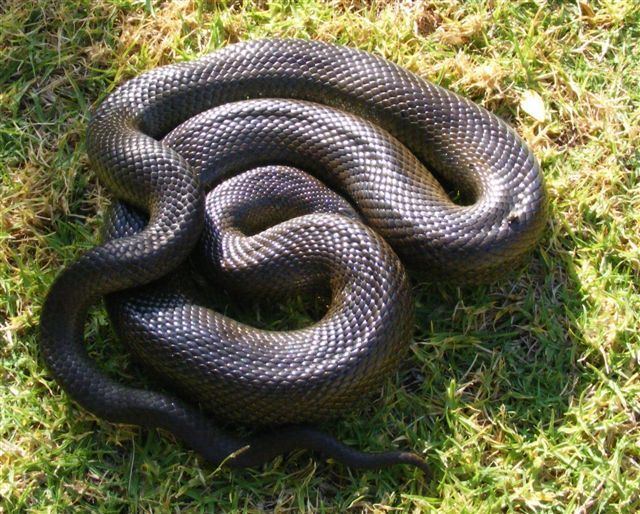
P. cana was originally described by Linnaeus in 1758. Its original binomial name was Coluber cana. Since then, it has also been known as Coronella cana (Duméril, Bibron, & Duméril, 1854), before being reclassified as Pseudaspis cana (Boulenger, 1893). P. cana is the only species in genus Pseudaspis.
Description
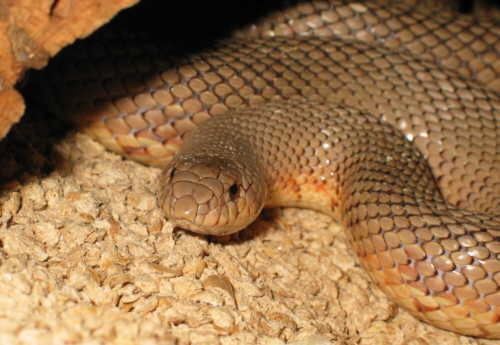
The mole snake can grow to lengths of up to 2 m (6 ft 7 in). A small head and pointed snout are said to be characteristics of the species. It has a firm, tubular body. Like the majority of the Colubridae, P. cana is not venomous.
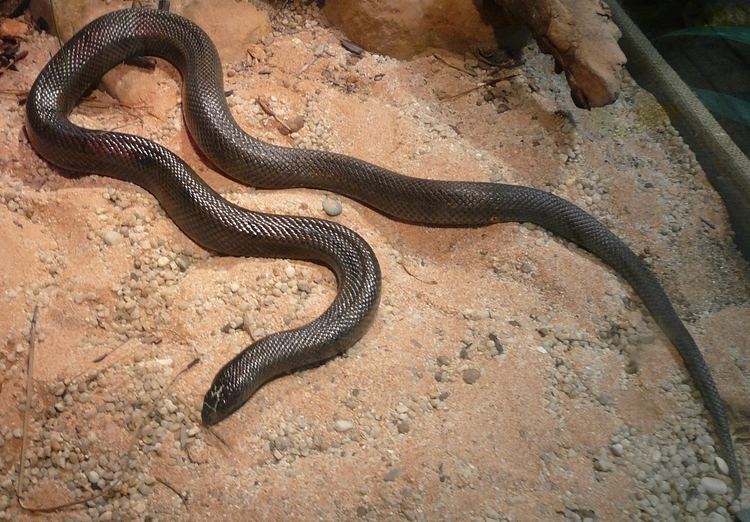
In mature individuals, the body is mostly one colour, and may vary from yellow to brown to grey, and in some cases, solid black. The young have dark markings and spots that are gradually lost as the individual ages. Colour may be related to geography; in the south, most specimens are black, whereas specimens found in the northern part of their range are brown, reddish-brown, grey, or yellow.
Diet
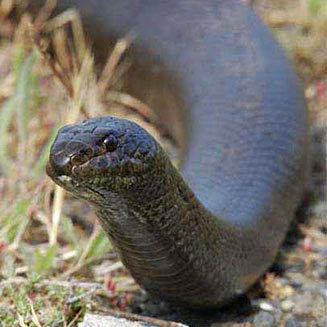
The primary food source of P. cana is golden moles (hence the name), rodents, and other small mammals. For this reason, it is considered useful for the natural control of problem rodents.
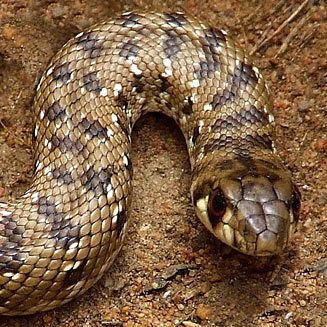
Its diet may also include the eggs of seafowl. At Robben Island, mole snakes were observed eating the eggs of Spheniscus demersus (African penguin), Larus hartlaubii (Harlaub's gull), and Numida meleagris (helmeted guinea-fowl). Juveniles were observed eating Strongylopus grayii (clicking stream frogs).
The mole snake is a nest predator of the Karoo prinia (Prinia maculosa). P. cana is one of at least six snake species which cause reproductive loss and decrease of nest success in P. maculosa.
Distribution and habitat
The range of the mole snake encompasses most of southern Africa. P. cana is common in Kalahari Gemsbok National Park. It is widely distributed, with a range stretching from Angola in the north to Kenya in the east to South Africa.
Mole snakes live in the abandoned burrows of other animals. They can be found in a variety of habitats, such as the scrublands of the South African Cape and the Highveld plateaux and grasslands. Mole snakes have also been found in mountainous and desert areas.
Reproduction
The mole snake is viviparous, mating takes place in late spring (October), and the female gives birth to usually between 25 and 50 young, with as many as 95 possible. The young snakes are 20 to 30 cm in length at birth.
In captivity
The mole snake can be "quite ferocious". Though not venomous, they can cause severe bite wounds. Despite this, they are said to make good pets when sufficiently settled.
